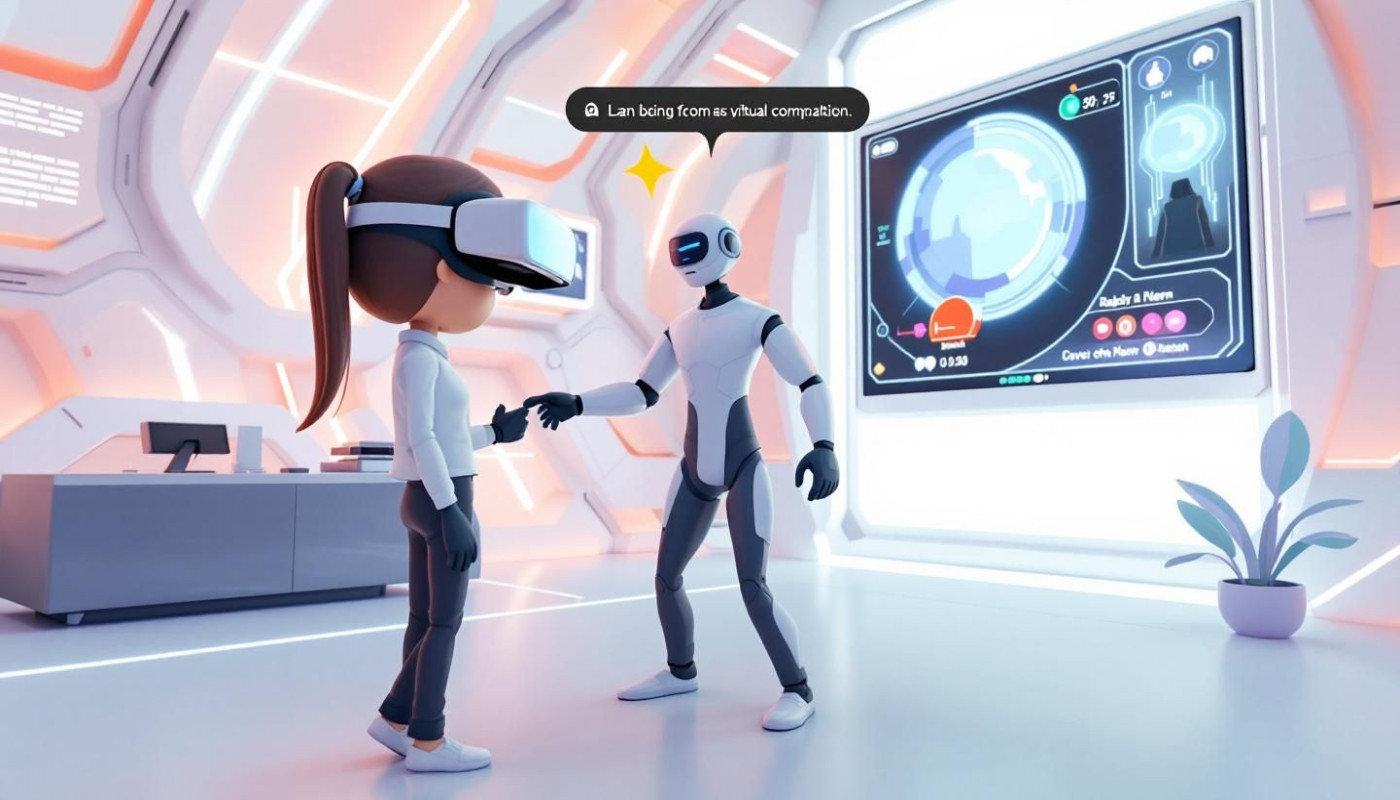Table of contents
Modern businesses recognize that engaging customers swiftly and effectively is no longer an option—it’s a necessity. As digital interactions proliferate, the selection of the right chatbot builder stands at the heart of reshaping customer communication and satisfaction. Discover how making informed decisions on chatbot platforms can lead to deeper engagement and sustained loyalty in the paragraphs ahead.
Understanding the foundations of chatbot builders
The backbone of any effective chatbot builder rests on a suite of sophisticated components: scalability ensures that bots can handle growing volumes of interactions without performance loss, while the ability to connect seamlessly with CRM systems and integrate APIs empowers businesses to centralize and personalize user experiences. Natural language processing (NLP) lies at the heart of conversational AI, enabling bots to comprehend user input with nuance and to respond in ways that mimic human dialogue. Workflow automation further enhances efficiency, granting bots the autonomy to perform routine tasks or resolve queries without human intervention, and multi-channel deployment allows for consistent service across platforms such as websites, messaging apps, and social media. These building blocks—when combined thoughtfully—let organizations craft adaptable digital assistants that meet a spectrum of customer demands, ensuring swift, accurate, and engaging interactions.
Flexibility in both design and deployment is a determining factor for customer engagement, as it permits customization of conversational flows and interface features tailored to specific audiences or business objectives. The precision of intent recognition plays a pivotal role in the user journey, helping chatbots not only understand what users want but also anticipate needs, guide conversations smoothly, and deliver relevant solutions or information. Mapping user journeys within the chatbot interface allows for targeted improvements, as businesses gain insights into common pain points and engagement drop-offs, leading to continuous optimization of the customer experience. With accessible platforms such as Botnation AI offering a free, nocode, AI-powered tool, even teams without technical expertise can quickly implement and iterate on sophisticated chatbot solutions—opening the door to higher customer satisfaction and operational agility.
Personalization through advanced artificial intelligence
Leveraging AI-powered chatbot builders empowers organizations to craft tailored experiences by integrating sophisticated machine learning algorithms and user profiling techniques. These tools allow chatbots to learn from previous interactions, adapting their responses based on individual preferences, behavioral patterns, and real-time context. For instance, a retail chatbot can analyze a customer’s browsing history and current inquiries to recommend products uniquely suited to their tastes, increasing the relevance of each engagement. Conversational context retention further enables chatbots to hold ongoing, coherent dialogues, remembering past topics and seamlessly integrating new information, which creates a smooth, personalized journey for each user.
Real-time data analysis augments personalization by allowing chatbots to adjust their behavior on the fly, responding proactively to customer actions and anticipating needs before they are overtly expressed. Sentiment analysis plays a pivotal role here, enabling chatbots to detect emotions like frustration or satisfaction and adapt their tone or offer escalations accordingly. Adaptive script flows contribute by dynamically guiding conversations based on evolving user input, ensuring that responses feel natural and empathetic rather than formulaic. These advanced capabilities transform digital interactions, fostering trust and deeper engagement by making every conversation feel as attentive and customized as a human interaction.
Ensuring seamless integration with existing systems
A chatbot builder’s true value emerges when it can effortlessly connect with your company’s core platforms, such as ERP systems, ticketing solutions, and analytics dashboards. This synchronization allows the chatbot to access real-time inventory data, customer purchase histories, and open support tickets, providing tailored responses that elevate the customer experience. Webhook support stands out as a powerful feature, enabling dynamic data exchange between the chatbot and external services. When paired with third-party app connectors, it becomes possible to automate notifications, update records instantly, and orchestrate complex workflows without manual intervention.
Secure data exchange protocols further ensure that all interactions between the chatbot and enterprise platforms remain confidential and compliant with industry standards. By achieving such seamless integration, businesses eliminate unnecessary steps for users, allowing them to track orders, resolve issues, or access account details within a single conversation. This frictionless process not only reduces customer frustration but also streamlines the workload for support teams, freeing staff to focus on complex issues instead of routine tasks. Ultimately, choosing a chatbot builder with comprehensive integration capabilities lays the groundwork for responsive, efficient, and scalable customer engagement.
Optimizing user experience with intuitive interfaces
Leading chatbot builders have revolutionized the design process by incorporating drag-and-drop editors and modular templates. These features allow teams with diverse technical backgrounds to assemble complex conversational flows with visual clarity and minimal coding. By customizing UI elements, such as branding colors, font choices, and avatar icons, organizations can align the chatbot's appearance with their identity, fostering a seamless and engaging user journey. This intuitive approach eliminates steep learning curves and accelerates deployment, ultimately making chatbot implementation more accessible across industries.
Multilingual support is a standout advantage, enabling chatbots to connect effortlessly with global audiences. By recognizing and responding in a user's preferred language, the interaction feels personalized and welcoming, encouraging longer and richer conversations. Quick reply options and interactive elements like carousels and buttons further streamline communication, reducing friction and guiding users toward their goals with clarity. Rich media not only captures attention but also simplifies complex topics—consider a real estate bot showcasing properties through images and virtual tours, or a travel assistant presenting destination choices via clickable cards.
Accessibility and mobile responsiveness are frequently overlooked but have a profound effect on the success of conversational strategies. Ensuring chatbots adhere to accessibility standards—such as screen reader compatibility and keyboard navigation—broadens their reach to users with disabilities. Mobile optimization is equally vital, as an increasing share of interactions now occur on smartphones and tablets. A responsive chatbot interface adapts seamlessly to different screen sizes and orientations, maintaining usability and visual appeal whether accessed on a desktop at work or a mobile device on the go. These considerations not only expand the audience but also demonstrate a commitment to inclusive, user-centered design.
Analyzing and improving performance with actionable insights
Modern chatbot builders are equipped with sophisticated analytics suites that track every facet of user interactions. These tools automatically log each conversation, capturing granular data points such as user queries, chatbot responses, interaction durations, and drop-off moments. Built-in dashboards aggregate this data, transforming an otherwise overwhelming amount of information into digestible visualizations that reveal engagement patterns and behavioral trends. Features like A/B testing modules allow organizations to experiment with different dialogue flows or response strategies, directly comparing their impact on user satisfaction and retention.
Harnessing these analytics, organizations can pinpoint precisely where conversations falter—whether due to confusing phrasing, unhelpful responses, or inefficient hand-offs to human agents. By examining metrics such as first-contact resolution rates and average response times, teams uncover bottlenecks and high-friction points in the chatbot’s logic. For instance, if a specific question consistently leads to user frustration or abandonment, the underlying script can be revised or enriched with better information. Tracking longitudinal changes in these metrics ensures that optimizations are data-driven rather than based on assumptions or anecdotal feedback.
Embedding a continuous improvement cycle into chatbot operations is the linchpin for sustained customer engagement. As user preferences and expectations evolve, regular reviews of conversational data enable rapid adaptation, keeping interactions relevant and effective. Iterative refinement, guided by real-world usage metrics, fosters a chatbot experience that not only resolves queries efficiently but also anticipates shifting needs. This data-centric approach empowers organizations to create dynamic, responsive virtual agents that consistently nurture user trust and loyalty, making the chatbot a long-term asset in customer engagement strategy.
Similar articles

How To Customize Your Ideal Virtual Companion?

Exploring The Transformative Impact Of Generative AI On Various Industries

Exploring Alternative Digital Donation Platforms For Charitable Organizations

Exploring The Creative Potential Of Online AI Image Generators

Streamlining Server Updates With Automated Patch Management Tools

Exploring the Unseen Potential of Quantum Computing

